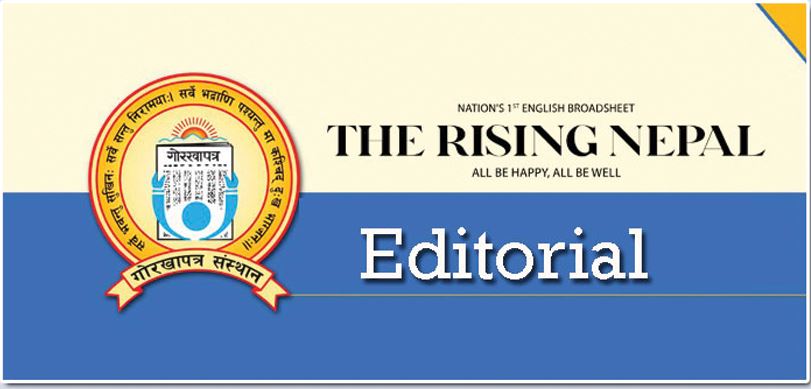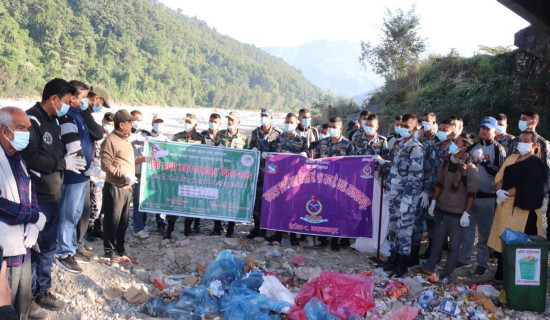- Wednesday, 19 November 2025
Demographic Dividend
Nepal is going to graduate from LDC status by 2026, and its demographic composition plays a key role in the attainment of this status. We all know that population plays a crucial role in achieving Sustainable Development Goals (SDGs) as they can boost economic growth and promote environmental sustainability. Nepal is going to share its experience of population and development with the international community at the 6th Asian Population Conference underway in Kathmandu from November 27 to 30. Population scientists from various countries in Asia are presenting their spapers on the themes of the world population trends and their impact on its political social and economic domains.
The conference is expected to contribute towards promoting Nepal's development agenda and stresses the need for evidence-based development. Over 500 experts and policymakers from 35 countries have come together to discuss key demographic issues in Asia. The event is expected to provide guidelines while formulating population policy in Nepal. Population must be at the centre of all policies for inclusive development. The population of the country is its human resource, and its development is possible by capitalising its human resources. So demographic composition and trends play a crucial role in shaping the economic growth.
Nepal's annual population growth rate is 0.92 per cent, and 65.3 per cent of the population belongs to the age group of 15-64 years. Only 6.09 per cent of the population are of age 65 and above. The population of youths is high that is a huge asset as the youths are capable of driving the economy. To steer the development endeavours, we should be able to mobilise our human resources by providing them employment opportunities.
The trend of migrating to foreign countries in search of better prospects is on the rise, so the country should be able to check the exodus of youths, as the migration of youth especially skilled professionals leads to the brain drain. Addressing the opening session of the 6th Asian Population Conference held in Kathmandu on Wednesday, Prime Minister KP Sharma Oli called for robust investments in agricultural production and sustainable resource management to combat hunger and poverty, stressing that no one should live without the basic necessities of life.
PM Oli reiterated Nepal's commitment to achieving the Sustainable Development Goals (SDGs), aligning with the country's national aspiration with global efforts for inclusive economic growth, quality education, healthcare and social protection for all the citizens. Population growth in Nepal is intricately linked to achieving the SDGs, and addressing population dynamics through policies on family planning, education, health and sustainable source management is important to ensure a balance between population and development.
Population growth and sustainable development goals are closely linked as rapid population growth can strain resources, infrastructures and social systems. Population, development and climate change are interlinked. Development is for the population and population is the means to carry out the development works. Thus population should be considered with due priority while charting out policies and plans of development.

















